Mobile App Development Trends and Tips
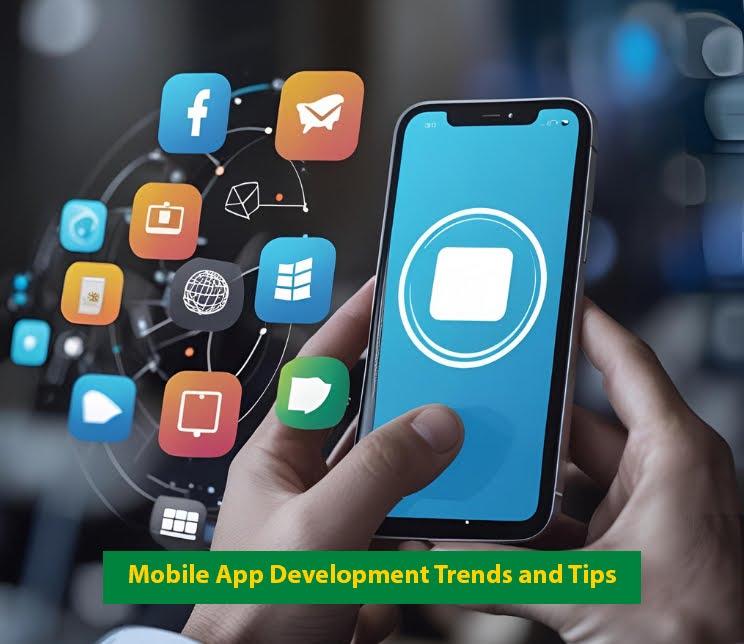
Introduction
In today’s world, mobile phones are more than just devices for calling or texting. People use them to shop, work, watch videos, play games, and get services. For many, mobile is the main way to go online.
As mobile use keeps growing, businesses must build mobile apps to reach customers where they spend most of their time—on their phones. Mobile apps help companies connect with users, offer services, and even manage internal work. Simply put, having a mobile app helps your business stay relevant and competitive.
Summary
A. What Are Mobile Development Frameworks?
1. React Native
2. Flutter
3. Ionic
4. Xamarin
B. Trends Shaping Mobile App Development
1. AI and Machine Learning
2. Progressive Web Apps (PWAs)
3. 5G and Edge Computing
4. Cross-Platform Tools Getting Better
5. Privacy and Security
A. What Are Mobile Development Frameworks?

Creating apps from scratch for both iOS and Android takes time and money. That’s why developers use mobile development frameworks. These tools help build apps faster and more easily. They offer pre-made code, design elements, and features that work across different devices.
Let’s look at the most popular frameworks and what makes each one useful.
1. React Native
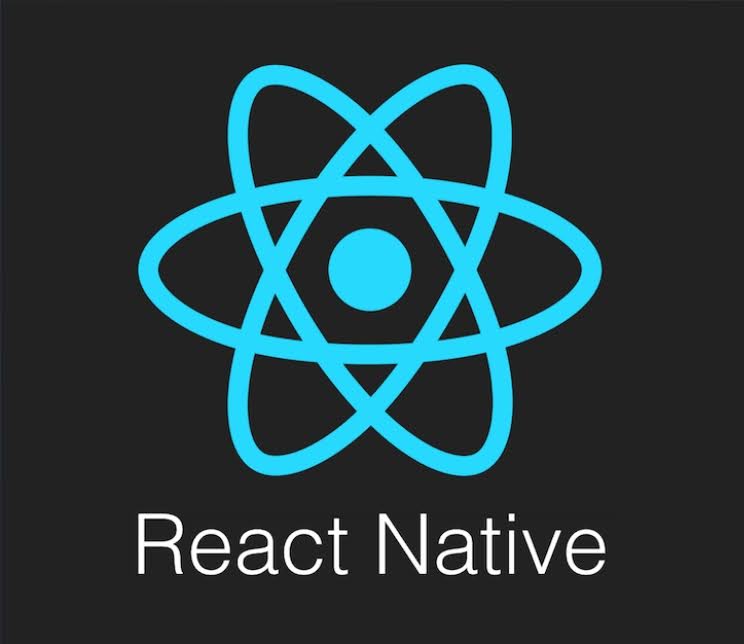
React Native was made by Meta (formerly Facebook). It lets developers create apps for iOS and Android using one codebase written in JavaScript.
Why Use It?
- Cross-Platform: Make just one and use it on iOS and Android.
- Fast Updates: Hot reloading helps see changes in real time.
- Native Look and Feel: It uses native components for smooth performance.
- Community Support: Many developers use it, so help is easy to find.
Example:
Big names like Instagram and Walmart use React Native.
2. Flutter

Google’s Flutter allows you to create desktop, web, and mobile apps with a single codebase. It is created in the Dart programming language and is well known for its complex, flowing designs.
Why Use It?
- Beautiful UIs: Widgets help create eye-catching designs.
- Fast Performance: It has its own rendering engine.
- Easy Development: Great for fast-paced projects.
Example:
Apps like Google Pay and Alibaba use Flutter.
3. Ionic
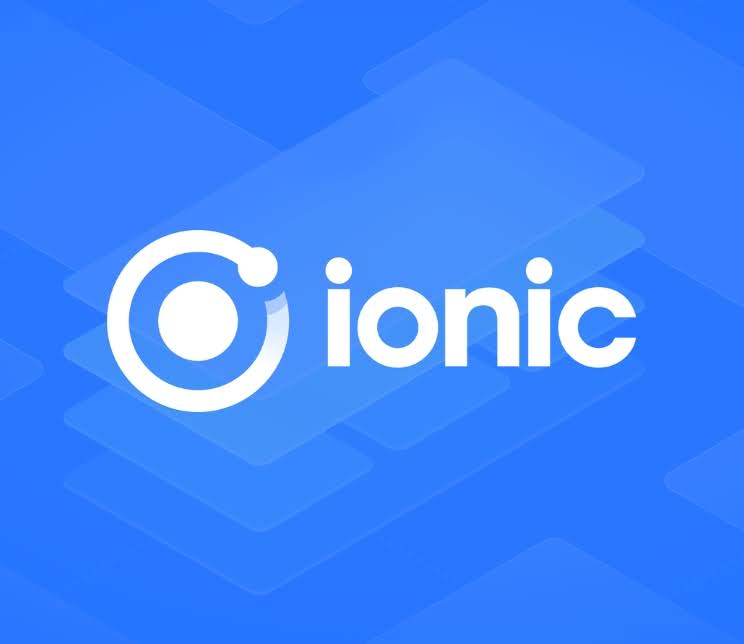
Using web languages like HTML, CSS, and JavaScript, Ionic facilitates the development of mobile applications. It works with popular frameworks like Angular, React, or Vue.js.
Why Use It?
- Web-Friendly: Ideal for web developers moving into app development.
- Access to Device Features: Use Capacitor to connect with phone hardware.
- Quick Prototyping: Lots of UI tools to build apps fast.
Example:
Ionic is perfect for hybrid apps and Progressive Web Apps (PWAs).
4. Xamarin
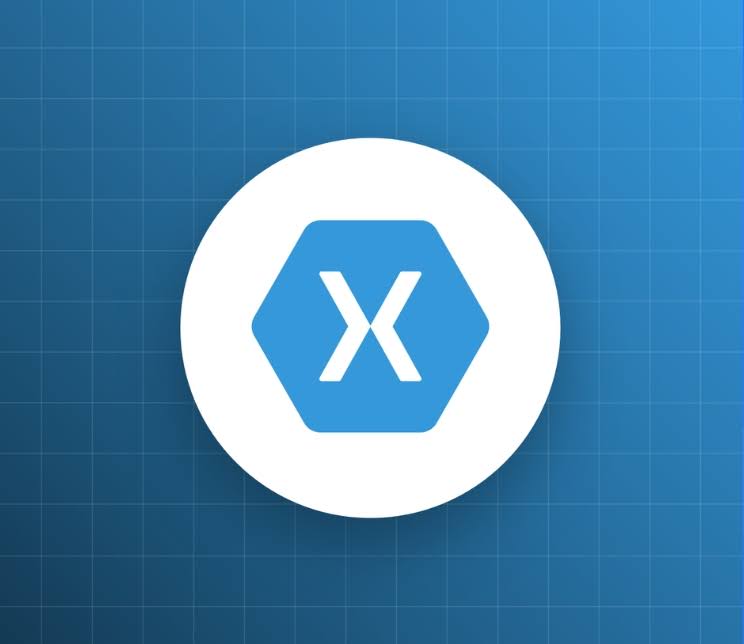
Xamarin, by Microsoft, lets developers use C# and .NET to build apps for iOS, Android, and Windows.
Why Use It?
- Shared Code: Use most of your code across all platforms.
- Microsoft Tools: Works well with Visual Studio and Azure.
- Custom UIs: Xamarin.Forms for shared design; Xamarin.Native for more control.
Example:
Xamarin is popular in companies using Microsoft’s software stack.
B. Trends Shaping Mobile App Development
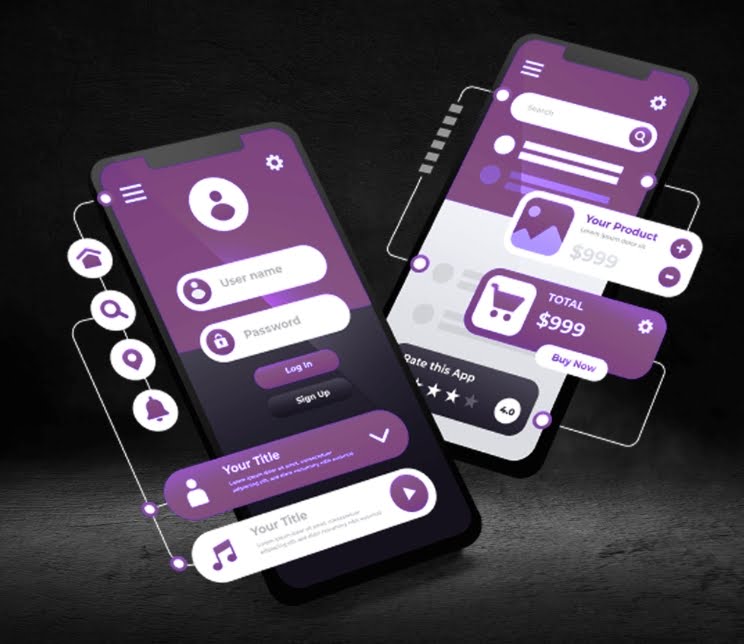
Technology is always changing. To stay ahead, it helps to know the top trends in mobile development.
1. AI and Machine Learning

Artificial intelligence (AI) and machine learning (ML) are changing how apps work. They help apps learn from user behavior and offer smarter services.
What Can AI Do?
- Suggest products or content.
- Power chatbots and voice assistants.
- Recognize images or speech.
- Automate tasks.
Example:
Netflix makes show recommendations using AI based on your viewing history.
2. Progressive Web Apps (PWAs)
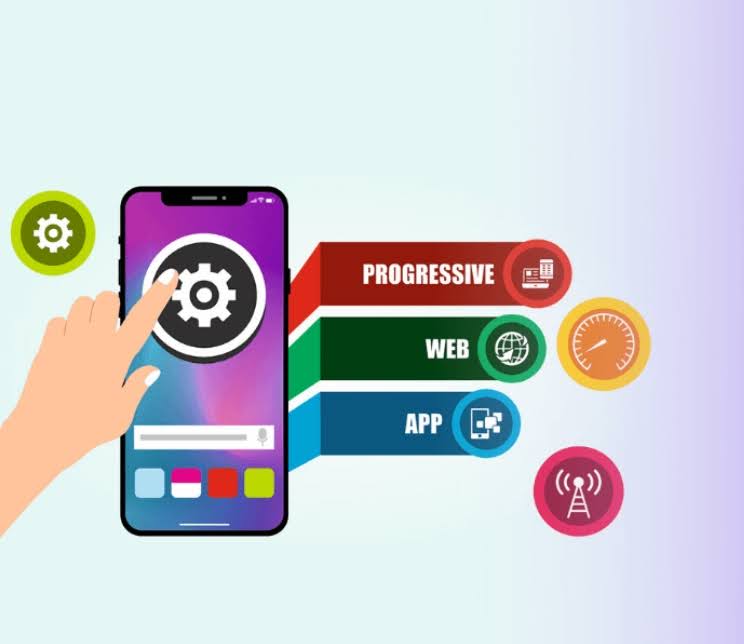
PWAs are apps that run in a web browser but feel like native apps. They work offline, load fast, and don’t need app store downloads.
Why Use PWAs?
- Save Money: One app for all devices.
- Reach More People: Easy to access through a web browser.
- Fast and Reliable: Even with a poor internet connection.
Example:
Starbucks and Twitter use PWAs for easy access across devices.
3. 5G and Edge Computing

5G means faster internet and lower delay. Edge computing processes data closer to the user, not in faraway servers.
What Does This Mean for Apps?
- Real-time video and gaming.
- Better Augmented Reality (AR) and Virtual Reality (VR).
- Faster Internet of Things (IoT) apps
Example:
Games like Fortnite and apps like Google Maps will benefit from 5G.
4. Cross-Platform Tools Getting Better

Frameworks like React Native and Flutter keep improving. New tools like Kotlin Multiplatform Mobile (KMM) are also growing in use. More companies are using these tools to launch apps faster and save costs.
5. Privacy and Security

Data privacy laws, like GDPR (Europe) and CCPA (California), mean apps must protect user data. People want to know their information is safe.
What Developers Should Do:
- Use strong encryption.
- Add secure login options like 2FA.
- Design with privacy in mind from day one.
Example:
Banking and health apps must follow strict data security rules.
C. Best Practices for Building Mobile Apps

Creating a great app takes more than the right tools. Here are some best practices:
- Break it Down: Use a modular design so your app is easy to update and manage.
- Boost Performance: Monitor with tools like Firebase Performance Monitoring.
- Test Often: Use both automated and manual tests on different devices.
- Stay Agile: Build in small steps, gather user feedback, and improve often.
- Design for Users: Focus on a simple, clean design that’s easy to use.
FAQs:
Q1. Why should businesses invest in mobile app development?
A1. Mobile apps increase customer engagement and brand visibility.They help businesses stay relevant in a mobile-first world.
Q2. What is a mobile development framework?
A2. It’s a tool that speeds up app creation using pre-built code and design. It works across platforms like iOS and Android.
Q3. Which is better: React Native or Flutter?
A3. React Native offers strong support and JavaScript compatibility. Flutter delivers smoother UI and better performance with Dart.
Q4. What are PWAs, and are they worth it?
A4. PWAs are fast, app-like websites that work offline. They’re cost-effective and don’t need app store downloads.
Q5. How can I make my app secure and privacy-compliant?
A5. Use encryption, secure logins, and follow privacy laws. Protect user data from the start of development.
Conclusion
Mobile development is growing fast. With better tools, faster networks, and smarter technologies, the way we build apps is changing. Businesses that adopt these trends and best practices can stay ahead and offer better experiences to users.
Whether you choose React Native, Flutter, Ionic, or Xamarin, remember the goal: create apps that are fast, secure, and easy to use. Need help building your app? call us at (917) 503-1133 if you need expert advice tailored to your business.

